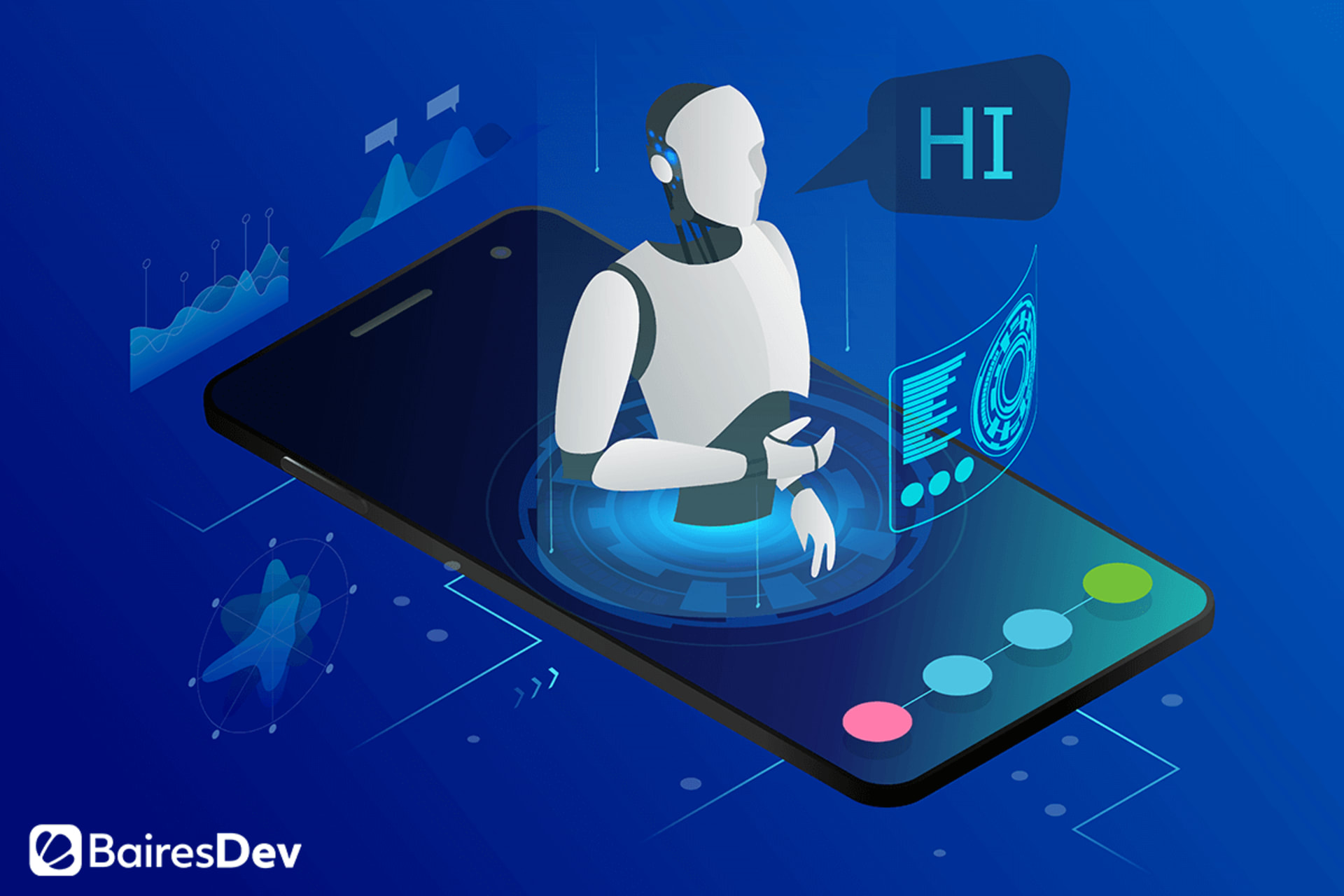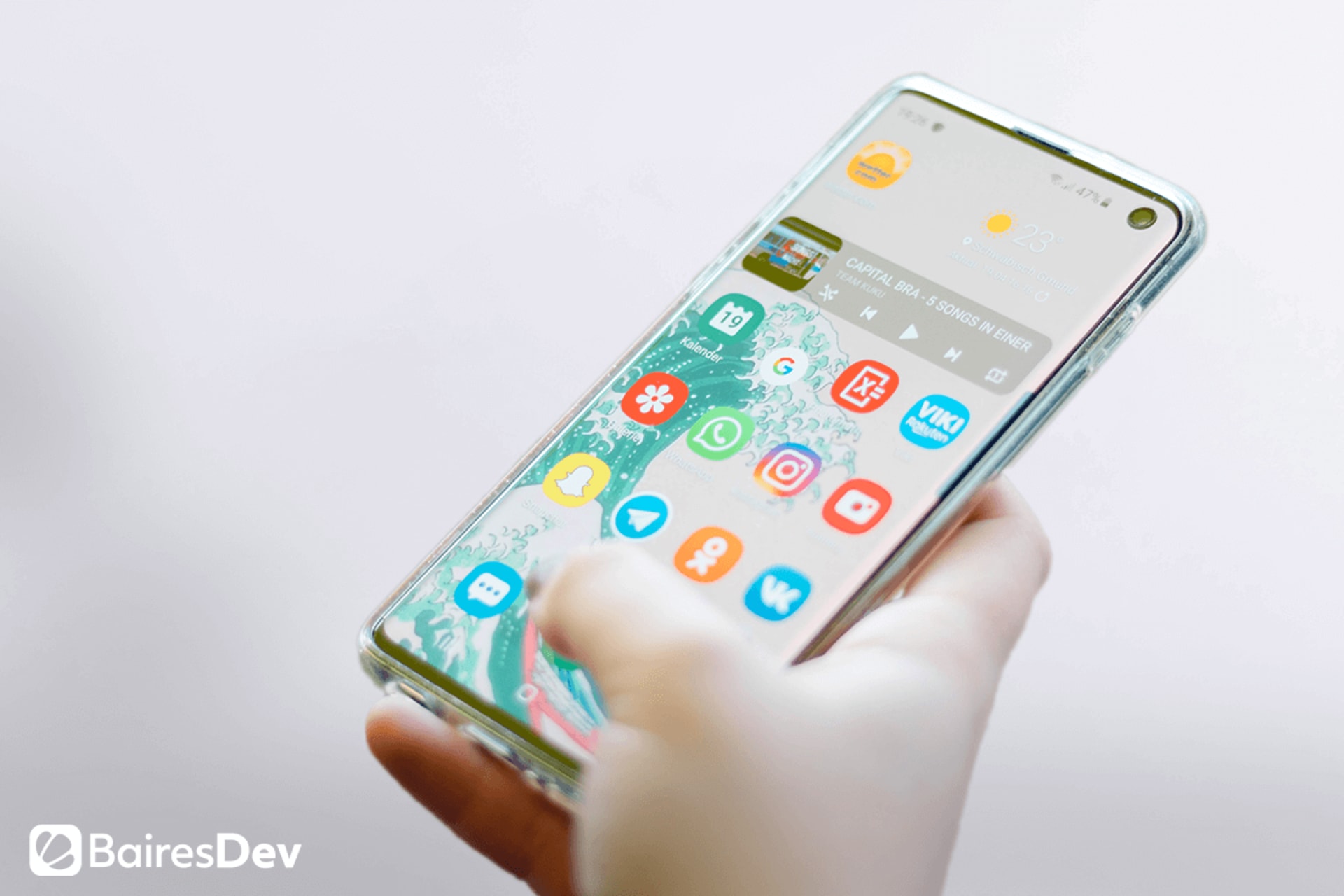Let me tell you a story about a colleague I once met at a workshop. That was back when I was working at an Android development company. Let’s call her Sarah. She was one of the sharpest persons I’ve ever met in my life.
When I first met Sarah it took me an hour to realize that she only had one hand. I would later learn that she was born that way. It wasn’t that she was actively hiding it or anything, it was that she acted so “normal” that my brain didn’t register anything out of the ordinary.
At one point she took out her phone from her bag and I noticed that the cover had a cup-shaped piece of plastic on the back, she placed the cup on her stump and used the phone with her other hand. I mentioned how cool that cover was and she thanked me. After all, she had made it herself.
She commented that all the options out there were either hard to find or too expensive to buy, so she made her own. Sarah made me realize something crucial that day: society might not have rejected her, but it wasn’t making things any easier for her either.
As app developers, we all share this notion of what a “normal” user is like, how we expect them to behave and interact with our software. The problem is that just like what happened with me, that notion of “normal” typically makes us blind to the workarounds people like Sarah have to deal with to fit our mold.
As we become more conscious of how diverse we are as a species, we need to take a good look at the way we design technology and question just how universal it actually is. The core of app development is a well-designed process and inclusivity must be a foundation on which that core rests.
When you design with inclusivity and accessibility in mind not only are you helping make the world a better place for people who need it, you are also establishing that your brand is conscious of others and their needs. This is a really strong message to send out when trying to carve your place in the market.
Question the notion of normal
The single most important step in designing with inclusivity and accessibility in mind is challenging our own beliefs of who our typical user is. A user can have problems distinguishing shapes or colors, they could be missing a hand, or they could have a problem with their fine-motor skills.
Here is a thought experiment you can try out with your development team to start your inclusivity journey. How would you design an app for a person who can’t read? It might seem like a silly question, but the worldwide illiteracy rate sits around 14%. That’s over 1 billion people worldwide who, for example, have a hard time using banking apps.
Here are a few more questions that can help put things in perspective:
- How would you design an app for a person who can’t reliably touch their nose with their index finger?
- How would you design an app for a person who just lost their glasses?
- How would you design an app for a person that has severe arthritis?
- How would you design an app for your grandmother/grandfather?
- How would you design an app for someone without three fingers?
Pondering those kinds of questions will put you and your team in the right mindset as you set out to build an inclusive/accessible app. Being empathic is the key – put yourself in the shoes of the person you are building this app for. We can’t account for every possibility out there, but we can try to cast a net as wide as possible without sacrificing quality.
Use the tools at your disposal
Android offers dozens of accessibility settings to work on inclusive apps. The job of a developer is to make sure that the app plays nicely with every option:
- Make sure that the different font sizes and scaling options don’t render your app unusable.
- Use short phrases and lots of punctuation for better TalkBack integration.
- Check that your color palette works with color correction and color inversion
- Make sure that voice access is working with your app.
- Use google’s accessibility scanner to help you figure out what you can do to improve your app.
Be a good communicator
Remember the three maxims of communication:
- Precision: Relay one piece of information at a time. As a rule of thumb, each interaction should contain a single premise.
- Economy: Use as few words or symbols as possible.
- Relevancy: Only transmit information that is relevant to the user.
As a bonus, be recursive, always try to relay the information more than once, and if you can manage to do it by two different methods, even better. For example, think about how music apps show you the album cover as well as the name of the album at the same time.
Don’t sacrifice clarity for aesthetics
The opposite also holds. Modern design tends towards abstract or minimalistic symbols. These are aesthetically pleasing but can be uninformative. Your symbols should transmit a clear message. A good practice when designing a new icon is to show it to someone without context and ask them what it evokes.
Think of classic icons like the Like button or the speech bubble. Yes, they are minimalistic but very clearly relay what’s gonna happen if you touch them.
Expand your Q&A criteria
During Q&A, you can run focus groups with people from diverse backgrounds to test the app, let them share opinions openly, and record their conversation. The objective is not to hunt for bugs but to have different people giving feedback about the aesthetics and ease of use. Regular users are great for these kinds of activities.
Make a tutorial level
Do you know how modern video games use the first level to show the player the ropes? Use that same principle and build a tutorial that kicks in as soon as you load the app, showing the user how it works. Also, help menus, reminders, tips, and digital manuals are great aids for less tech-savvy users.
We could write a whole book on how to be inclusive, but as I said in the beginning, it all boils down to a basic principle: be empathic and build thinking about how others engage with your work.














